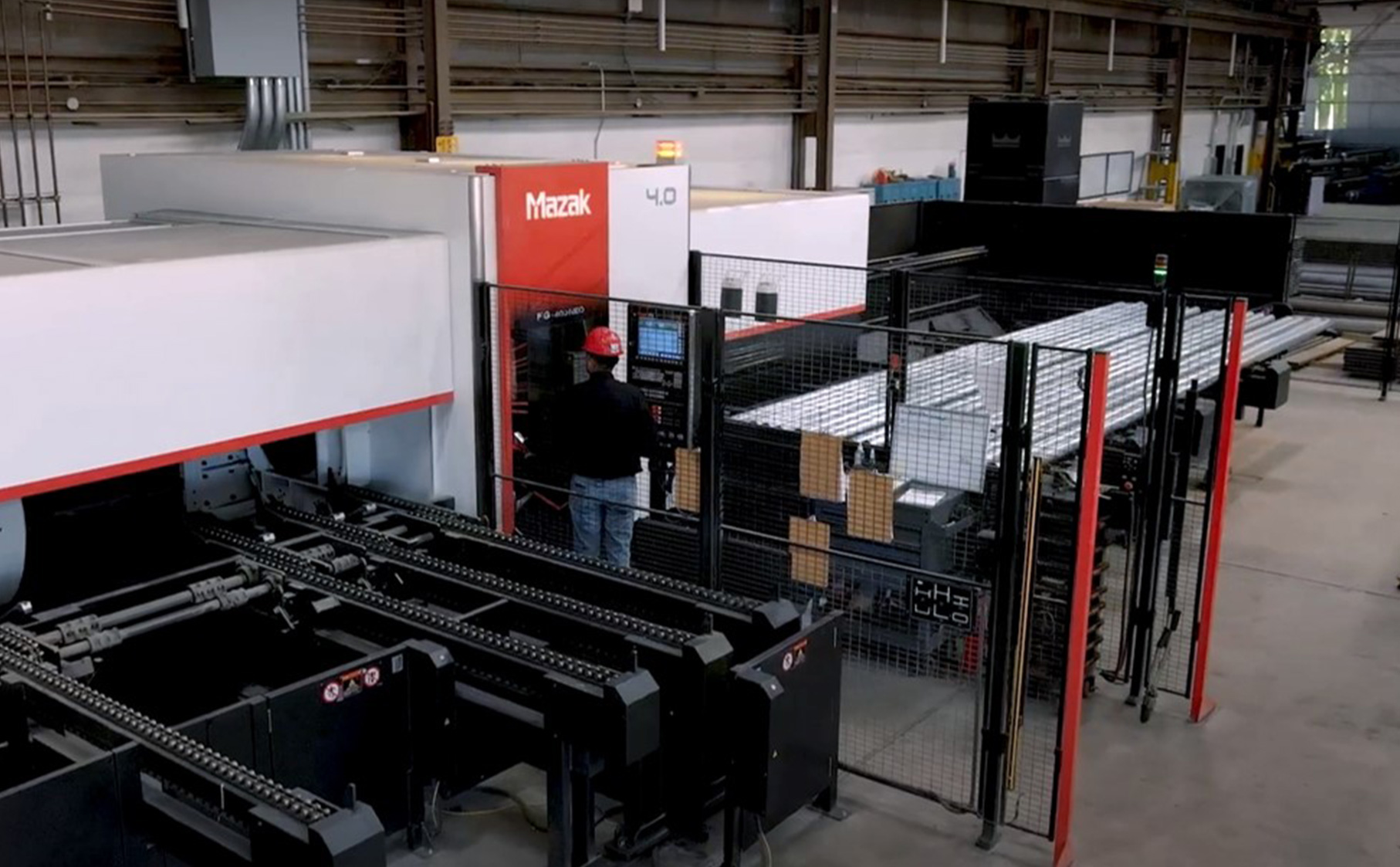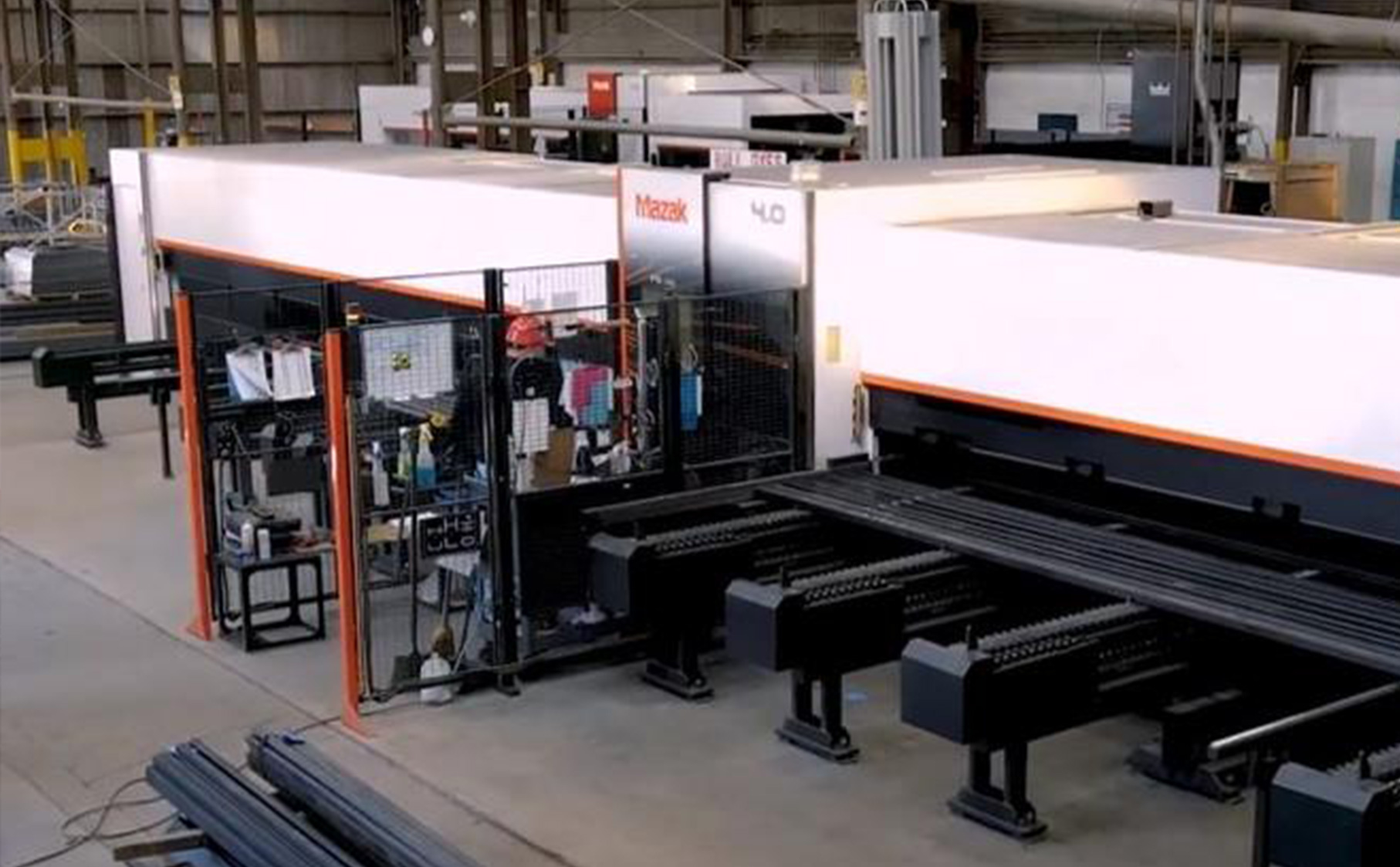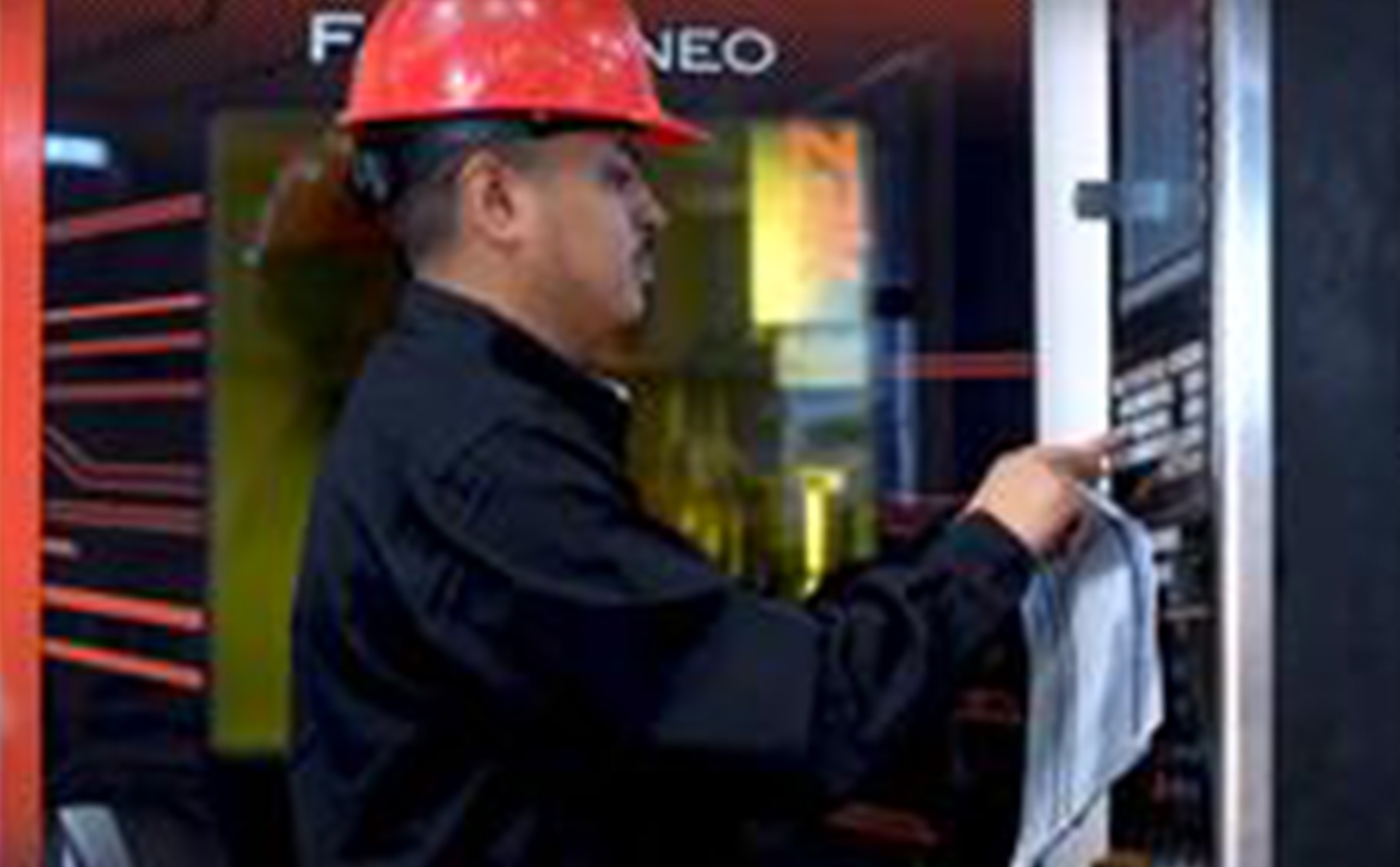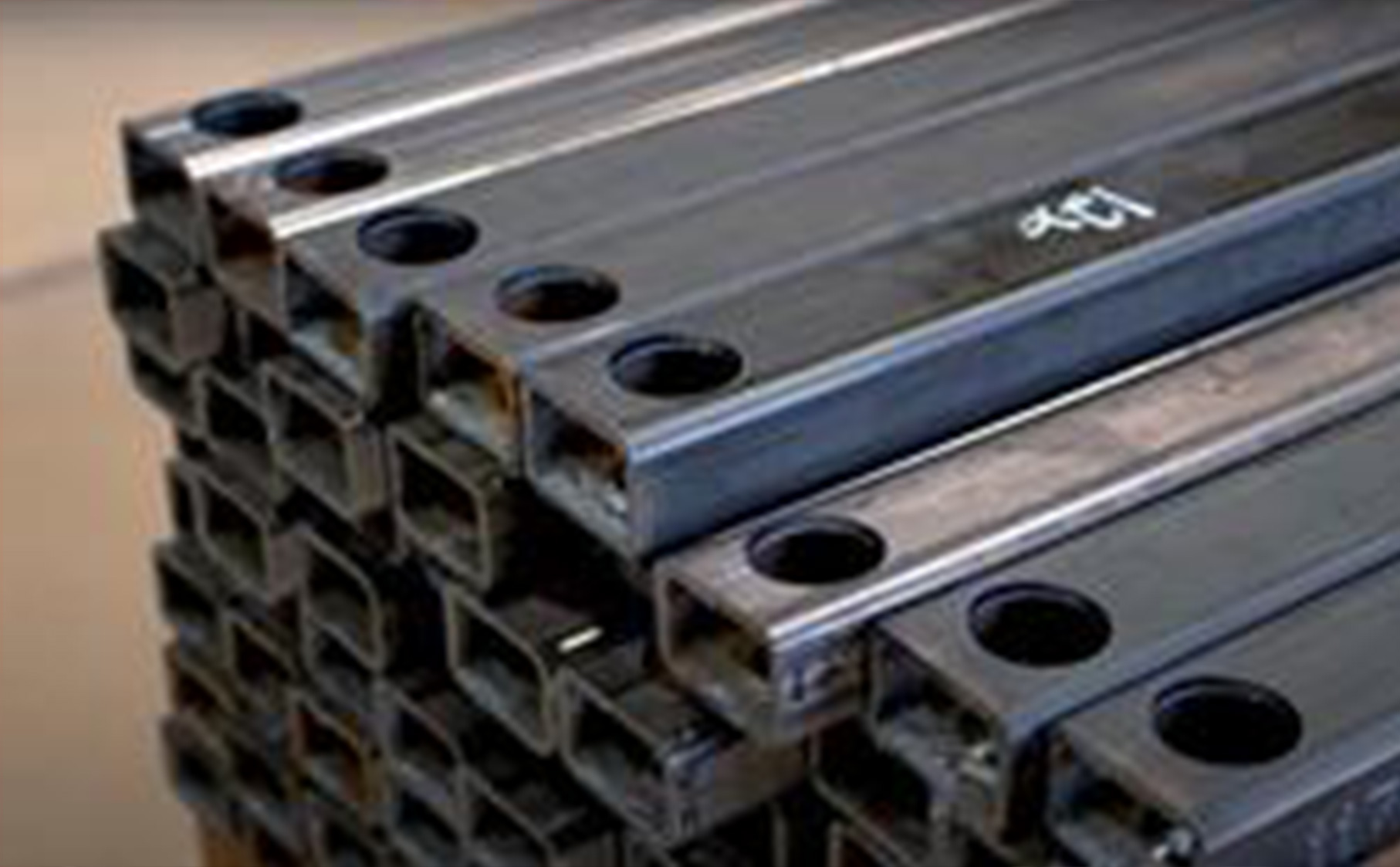On the Double
Implementing two tube lasers from Mazak upgrades service center’s processing capabilities
Value-added processing is at the core of Willbanks Metals’ business. The general line steel service center is a first-stage fabricator that assists customers with their production requirements. Started in 1974, the family owned and operated business is now one of the largest service centers in the Southwest United States.
Before laser and plasma cutting became the conventional way to process metal, the team at Willbanks relied on simple shearing of flat sheet material and press brake work to make small, first-stage fabricated parts for the trailer, oil, and gas industry. To compete at the level they do today, leaders at the company have committed to staying as diverse in their service offerings as possible. Over the years, the team has found value in updating their capabilities to include distribution of material, processing structural material, and ISO 9001 certification. “That’s how we started at Willbanks—more on the first-stage fabrication side,” shares Ryan Letz, one of the owners at Willbanks. “That led us into the distribution side of things, which includes cut-to-length sheet or plate. We also got into the structural house game which includes general line service center products such as angle iron, tubing, and beam.”

Customer satisfaction plays a major role in the decision-making process for any developments at Willbanks. When several large OEMs requested a quality handbook, leaders at Willbanks went all in to ensure current and future customers had confidence in their team and quality of work. Hiring a quality assurance manager, investing in high-caliber equipment, and performing quality checks of jobs are just a few ways leaders place high importance on quality within their production process. “We knew we had to step up our game on the quality side,” says Letz. “That’s something we are now a lot better known for than in previous years—our quality.”
Tu-be or Not Tu-be
Similar to the launch of their flat sheet processing capabilities, Willbanks’ introduction of tube and pipe to their service offerings included simple saw and miter cutting. “Drilling holes or putting any sort of profile and adding that kind of value to the products is something we always wanted to do,” explains Letz. The goal of adding value and diversifying service offerings drove leaders to consider laser cutting.
The purchasing process comprised of connecting with other service centers to discover the right laser partner. “We made a lot of phone calls to other service centers all over the country, and all things led to Mazak,” recalls Letz. As a company that prides itself on routinely delivering orders on schedule to meet customers’ expectations, machine uptime played a crucial role in the decision-making process. After speaking with other fabricators, it became apparent that Mazak was the right choice. Letz notes, “That was one thing they kept coming back to, giving us very high regards on uptime on the Mazak machines.”
Value Added
Willbanks added value to their production process by investing in Mazak’s FG-220 FIBER and FG-400 NEO tube laser machines. “We felt like we were missing in the area of structural products, and that’s why we added the tube lasers,” shares Danny Houston, Fabrication Sales Manager at Willbanks Metals. “A lot of shops will have a step where they will saw cut a piece of tubing and take it to a drill press and put a hole in it or take it to another machine and miter cut the end. We can do all of that in one step.” Willbanks’ ability to laser cut and process tube/pipe material streamlines production, in turn, for their customers. “If they have limited labor in their shop, they can save that labor for assembly,” adds Houston. “We can send them a ready tube piece of material.”


Partnering with Mazak has proven to be instrumental in the successful implementation of the tube lasers. “Nobody at Willbanks had any tube laser knowledge,” explains Houston. “Mazak was with us from the very beginning, and they taught us everything we’ve needed to know along the way.” Mazak’s software training was vital in preparing team members to successfully operate the FG-220 FIBER and FG-400 NEO tube lasers. “After a week of Mazak software training, I felt good enough to run [the machines] by myself and create a solid program,” shares Jose Escalante, CAD/Tube Laser Manager at Willbanks Metals.
The upgrade to tube laser technology has brought business opportunities from new and existing customers. Since upgrading to laser technology, Willbanks has expanded their tube and pipe processing capabilities. The team can now process a range of material, including rectangular, square, channel, wide flange, angle, and flat bar. Additional features like tapping, miter, stitch, and bevel cutting of steel, aluminum, and galvanized material have further enhanced Willbanks’ service offerings.
Efficiency is one benefit that has stood out to the team since upgrading to laser technology. “One of the features that was most appealing to me was the efficiency that it cuts these parts at,” explains Escalante. “It’s very precise and requires little to no cleaning. That saves us a lot of time whenever we’re out there fabricating parts.” The investment in high-quality equipment from Mazak additionally aligns with the company’s aim to provide high-quality parts to customers. “The quality of the products that we have created on the Mazak tube lasers has been excellent,” notes Houston. “We’ve had no rejection rates on the quality.”
Willbanks’ success with Mazak’s tube laser technology has given leaders confidence in Mazak when considering future growth. “We thought it’d be almost impossible to fill two machines up within a year. We’ve been able to do that successfully now and are looking to potentially add even more machines with the demand that’s out there for tube laser work,” concludes Letz. “We’ve had great experience with Mazak in the last 12 months that we’ve had our machines and would absolutely look at another Mazak machine in the future.”



